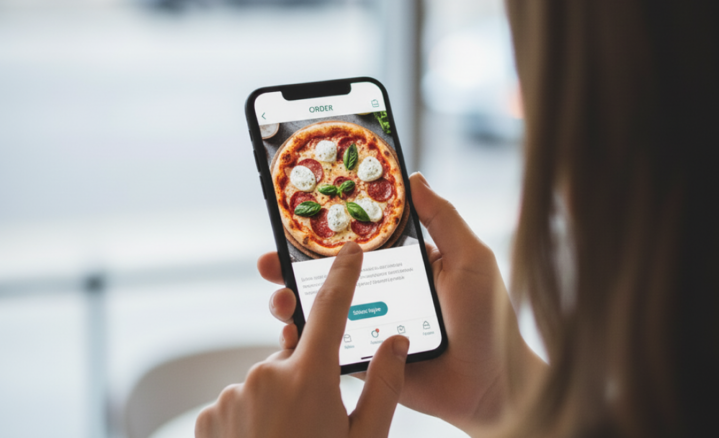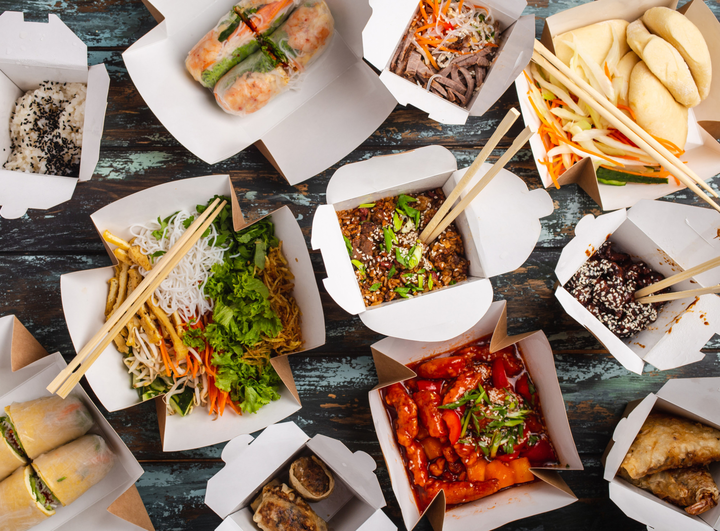Key Takeaways
Ever since lockdown measures were first instated in March to control the spread of the coronavirus, restaurants have been jostling to adjust their business models to the new reality. Many have pivoted to delivery, which has worked wonders in ensuring a constant stream of revenue even during these hard times. Others have come up with more unconventional services like converting to a grocery store. But as cities across the US begin reopening, restaurants are having to think way beyond out-of-the-box solutions to encourage customers to step out of their homes and step into their dining rooms.
Test-to-table dining seems to be one of these measures.
But is this a feasible concept or simply a fad? Let’s find out!
The test-to-table formula
On paper, test-to-table dining seems tailor-made to meet the need of the hour.
Here’s how it works: Customers make reservations at a restaurant and they receive digital forms to fill out, which will help doctors assess their physical conditions. The restaurants in partnership with local diagnostic clinics perform on-the-spot COVID-19 testing and the results come out within minutes. Those who test negative are allowed in for dining.
Ravel Hotel in Long Island City, Queens claims to be the first hospitality business to offer this unique service. After clearing the COVID-19 test customers can visit Profundo, the hotel’s rooftop pool area, and the newly opened rooftop Greek restaurant Perivóli. Ravel has partnered with New Jersey-based Vestibular Diagnostics PA to administer the test, which takes about 30 minutes and costs $35 or $50, with insurance and without respectively.
As per the hotel’s representatives, the rapid antigen tests are 99% accurate and administered by licensed physicians who comply with all prescribed medical procedures.
A failed experiment?
With health and safety the top priority right now, this seems like the perfect way to evoke confidence in customers to dine-out. However, it’s not a full-proof strategy and there are already reports of safety violations on the hotel’s part. While Ravel Hotel promoted its rapid COVID-19 tests for all customers before entry, once inside the premises, social distancing norms seem to have been flouted as many customers were seen without masks and gathered in crowds around the pool lounge.
This brings us to question if we’re ready for physical dining at all, both from the perspective of the customer and that of the restaurants. Writing for the New York Times, Tejal Rao says, “Restaurant owners can’t, and shouldn’t, be in charge of weighing and managing the risks to both their customers and workers.
How deep is their knowledge of the virus and its spread? What are their priorities? And why should they be put in an impossible position, stuck between the economic imperative to reopen and the fact that reopening may harm their workers and customers?”
Delivery the safest dining method
According to the Centres for Disease Control and Prevention’s guidelines for restaurants and bars, the ‘food service limited to a drive-through, delivery, take-out, and curb-side pick up’ are recommended as having the ‘lowest risk’ of COVID-19 spread.
So while it is fully understandable why restaurants would want to encourage customers to dine-out after so many months of closure, delivery remains the safest bet to ensure the safety of both staff and customers for now.
If you haven’t set up online ordering yet then Restolabs is offering a two-month waiver on fees. You can also learn more about making a successful transition to delivery here.
Frequently Asked Questions


.gif)
.jpeg)



.png)



